Last week a friend invited me to the final year art students’ show at the University of NSW. As I have recently begun buying art in a modest way I went along hoping perhaps to spot the next Wendy Sharpe, one of UNSW’s more successful alumni. From which you would be correct to infer that my collection owes more to representational than conceptual traditions; it is art which I could not have created myself, and the appreciation of which does not require me to do anything except look at it.
I was, of course, disappointed. Of the hundreds of paintings, sculptures, videos and installations on display, only a handful of exhibits ticked my middle-aged white male boxes. Mere comprehension of almost everything else in this taxpayer-funded curation of young Australian creativity would have been impossible without recourse to the sheet of A4 paper stuck to the wall beside it. And, frustratingly, most of these footnotes were as impenetrable as the work whose meaning and merit they purported to unlock. Here’s one of the more accessible examples: ‘Rice and Curry (the title of the piece) blends cultural notions tied to the experience of eating with your hands and the practice of mark making. Vishmi Nelaratne’s relationship with drawing and eating is intertwined; using the rice as a material to draw and make images, she unifies the cultural significance of both in this expanded, participatory drawing installation. As a Sri Lankan woman the practice of eating with her hands has created gestures that are at once emotive, autonomous, and primal.’
Given the references to drawing, you’d be forgiven for assuming that the artwork in question demonstrates, at the very least, Ms Nelaratne’s ability with a pen or pencil. But if she has such an ability she has kept it a very close secret with this piece, every particular of which can be described in a single sentence: A large rectangular sheet of glass onto which somebody has poured several bags of uncooked rice. I say ‘somebody’ because it would make no difference who did the pouring, since far from being asked not to touch the rice you are invited to move it around the glass with your fingers – that’s the ‘participatory’ bit.
The one exhibit I saw which needed no accompanying explanation was a group of small watercolour nudes. Confidently drawn and skilfully rendered in a notoriously exacting medium, Jake Cruz’s Barcodes seemed an exercise in such old-fashioned craftsmanship that I found myself wondering why it had been deemed worthy of display by tutors who, judging by everything else in the show and their extravagant tributes to it, are not in the habit of pointing their students towards any figurative tradition. It was only when I was standing a foot or so in front of these paintings that the penny dropped; when I saw that each of them depicted the same young man engaged in a sexual act with another young man or group of men. And there you have it. No liberal arts faculty member at any Australian university would now dare to question or criticise anything done by a student who, as the notes put it, ‘draws on his experiences as a queer male’, any more than they would question or criticise anything done by one who identifies as ‘a Sri Lankan woman’. At which point I should say that I have nothing against gay artists, and indeed would give anything to own any painting by Francis Bacon or David Hockney. But I can’t help wondering how positive the relevant catalogue note would have been if the subject matter of the paintings which impressed me so much in Paddington last week had been as confrontingly heterosexual, and if the artist responsible had been a self-confessed straight man. We’ll probably never know the answer to this question. Because right now there probably isn’t a university liberal arts faculty in Australia which would accommodate a young man who made it clear in his application that he is straight, and that he likes painting pictures of naked women. A predeliction which would also have disqualified the young Botticelli, Rubens, Boucher and Manet.
Got something to add? Join the discussion and comment below.
Get 10 issues for just $10
Subscribe to The Spectator Australia today for the next 10 magazine issues, plus full online access, for just $10.
You might disagree with half of it, but you’ll enjoy reading all of it. Try your first month for free, then just $2 a week for the remainder of your first year.


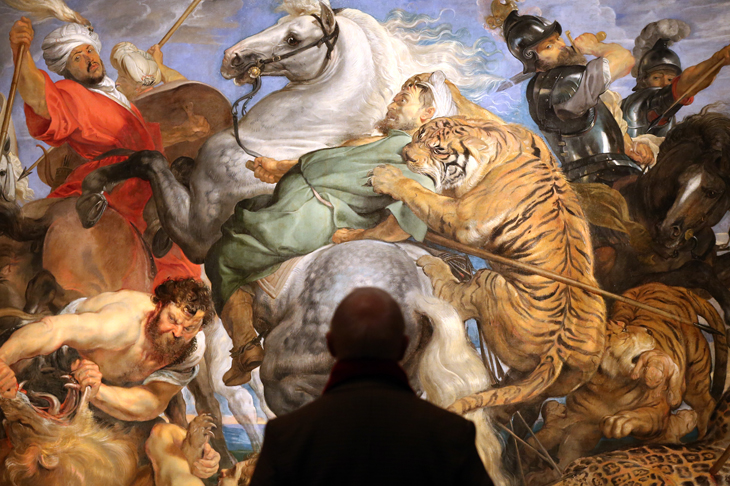
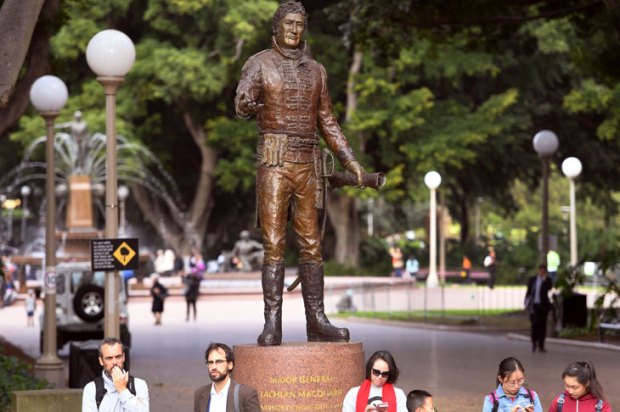

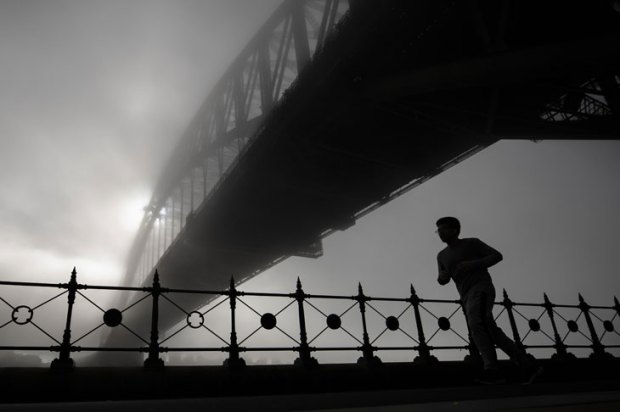

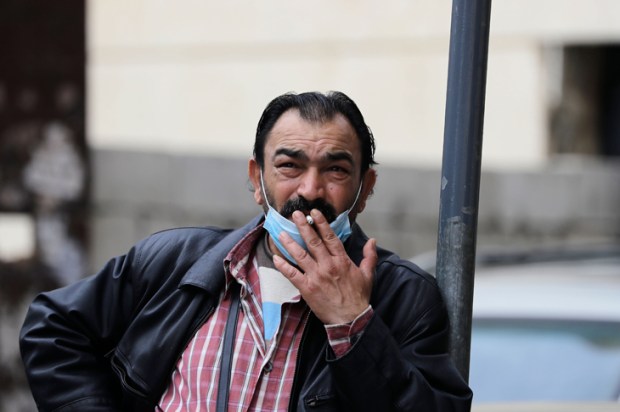
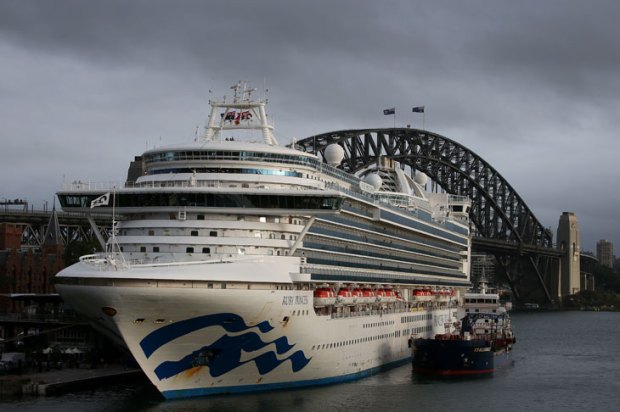






Comments
Don't miss out
Join the conversation with other Spectator Australia readers. Subscribe to leave a comment.
SUBSCRIBEAlready a subscriber? Log in